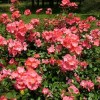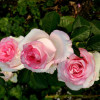Rose of Leonardo da Vinci: characteristics of the variety
Content
Description of the variety
Description of the rose by Leonardo da Vinci indicates that the variety appeared back in 1993. However, this fact does not prevent the culture from being popular today. Flowers of the variety are grown all over the world. The buds have a rich pink color, and their petals are terry to the touch. Such flowers stand out brightly against the background of rich saturated green leaves.
The variety is characterized by small, even, upright growing bushes. Flowering is active and lasts quite a long time. The culture takes root well in rainy regions. Direct sunlight does not harm the plant at all: the color of the roses does not fade even in this case.
A variation of Leonardo da Vinci - red, bred in the early 2000s. The main difference between this variety is rosette-like red flowers, covered with terry. They are not single, but collected together in the so-called "brushes". A rose of this type is very resistant to various environmental influences.
Another specific feature is a moderate odor. The aroma of flowers is not harsh, but you can't call it weak either. The height of the bushes does not exceed a meter. The culture forms many branches and shoots topped with clusters of flowers.
Video "Description of the variety"
From the video you will learn about the characteristics of this bush.
Growing recommendations
The Encyclopedia of Roses states that all floribunda roses are the product of crossing a tea variety with a polyanthus one. Therefore, growing plants should include the following factors:
- When planting grafts, the seedling must be placed in the ground at least 0.04 meters. This is the only way to grow a strong, healthy plant with many flowers that will delight you for a long time.
- It is advisable to mulch planted young individuals with sawdust or wood shavings. This will allow moisture to remain in the soil, and not instantly evaporate, and also minimizes the required amount of weeding. Wood waste will have a positive effect on the quality of the soil.
- The most optimal place for creating a rose garden is an area protected from northern winds with groundwater lying close to the surface.

- To rejuvenate individuals, it is worthwhile to carry out spring and autumn pruning of culture bushes annually.
- Pruning to form a shrub is usually done in early spring and can be either medium or heavy. It all depends on the age and condition of the bush.
- Proper cultivation of roses involves removing dry, thin and damaged branches throughout the life of the plant. After all, they usually significantly thicken the crop planting.
- In order for the flowering to be lush, you should alternately feed the plant with fertilizing of organic and mineral nature.
- Top dressing with organic matter, first of all, provides for the introduction of humus and compost into the soil.
- The best fertilizers of mineral nature are a mixture of potassium, nitrate and urea.
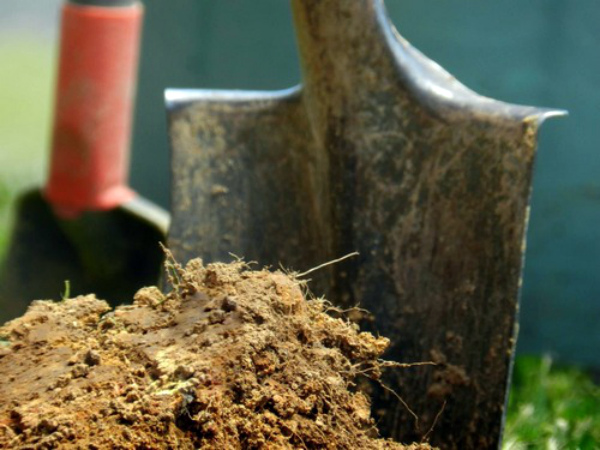
Although the variety tolerates low temperatures well, it is still worth covering for the winter.Before that, it is worth completely eliminating the leaves and brushes of flowers from the bushes, and also cutting off the shoots up to 0.35 meters. The raw materials for the shelter are usually dry spruce leaves and spruce branches, which are covered with a special material.
An air-dry shelter can also be used effectively, which helps to maintain optimal temperature and humidity throughout the winter.
Application in garden decor
Floribunda are usually planted close to each other. This is due to the small size of the culture bushes. Flowers planted in groups look much better than flowers grown alone. Also, the culture is often decorated with borders and large flower beds. Representatives of the variety also look advantageous as a background for low-growing annual and perennial plants.
Planting "companions" of the rose is permissible in any elements of the garden design. However, for this you need to take into account the requirements of plants for the type and composition of the soil, the level of moisture and the amount of light. You should not plant cultures with a short decorative period and a late flowering period near da Vinci floribundas (for example, large peonies, asters, dahlias, and others).
It is important to maintain the distance between individuals in order to avoid thickening and accumulation of plantings, which provokes the defeat of roses by pathogens.
Care rules
England is rightfully considered the birthplace of roses. However, today flowers are grown in all corners of the globe. This became possible thanks to the organization of proper plant care. The rose needs systematic watering, loosening and mulching of the soil. It is also worth removing all weeds around the crop.
Overdried land adversely affects roses, so watering should be organized systematically and in sufficient quantities. Every week, a bucket of settled water is poured under each bush. In autumn, the amount of moisture is reduced. A sign of a decrease in the amount of water for irrigation is the end of the flowering of the culture. The bush is actively preparing for wintering, so an excessive amount of water can be very harmful to plants. In a dry and hot autumn, it is necessary to water the flowers. Otherwise, the root system will dry out and freeze from frost.
On a hot day, it is better not to water. In addition, water must be poured to the base of the bush, without touching the leaves and flowers.
The first fertilizers are applied in the second year of the plant's life, since in the first year of the culture there are enough minerals introduced during planting.
In the warm season, make-up is performed at least 5-6 times.
The first two dressings are carried out with nitrogen-containing substances or mullein solution. The procedure usually starts in early spring.
Fertilizers are applied three or four times during the appearance of buds and flowering.
In early autumn, the rose needs potassium. Therefore, during this period, potassium sulfate should be added to the soil.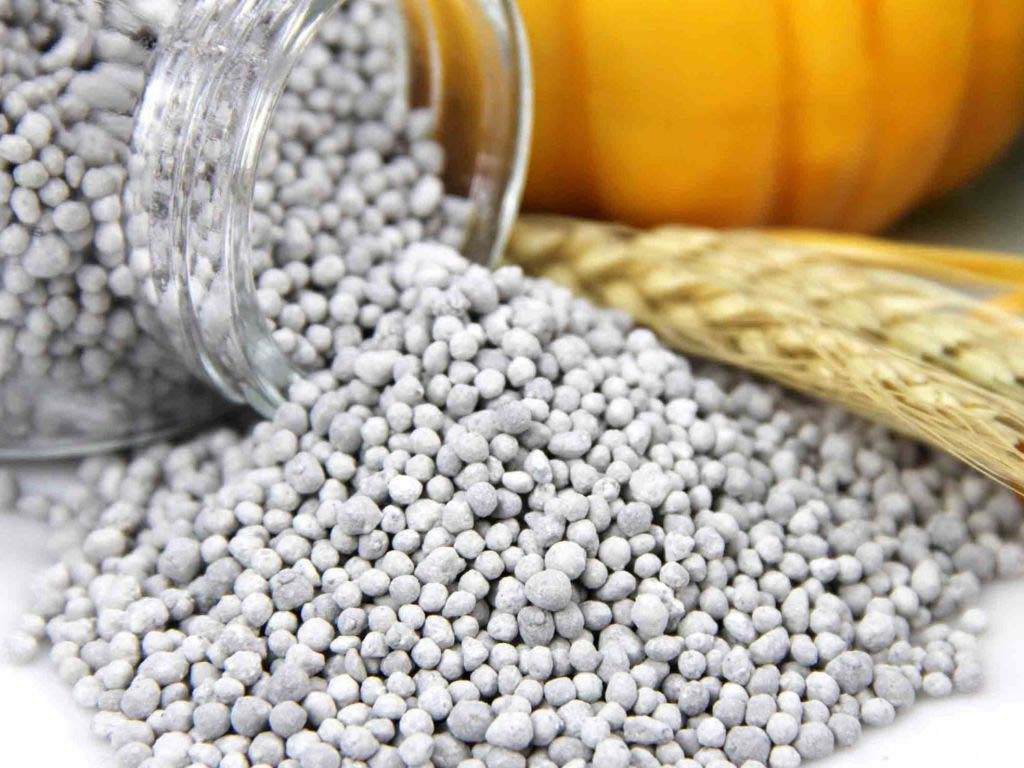
The da Vinci flower is very resistant to almost all known diseases. However, under unfavorable conditions, the fungus can progress on individuals. In order to avoid such a development of events in early spring, you can treat the bush with copper sulfate.
A large number of weeds on the territory, as well as excessive moisture and lack of air at the roots, contribute to the progress of diseases. That is why it is worth paying close attention to watering, weeding and loosening the earth.
Improper formation of shelters can provoke a burn of an infectious nature. Insufficient ventilation and high humidity are common causes of fungal attack, as a result of which most branches die. If red spots appear on the shoots in the spring, after the elimination of shelters, they should be cut out. Small lesions can simply be cleaned up and covered with garden varnish. As soon as the weather is sunny, the remnants of the disease will disappear without a trace.
Deficiency of minerals often provokes the appearance of chlorosis. In this case, the leaves turn yellow and dry.As soon as the first signs of an illness appear, the soil must be fertilized and acidified. For this, the drug Kemira-Universal-2 is ideal.
Variety pruning should be moderate, with 5-6 eyes. In this case, the flowering of the culture will be long, old shoots will develop, and young ones will grow.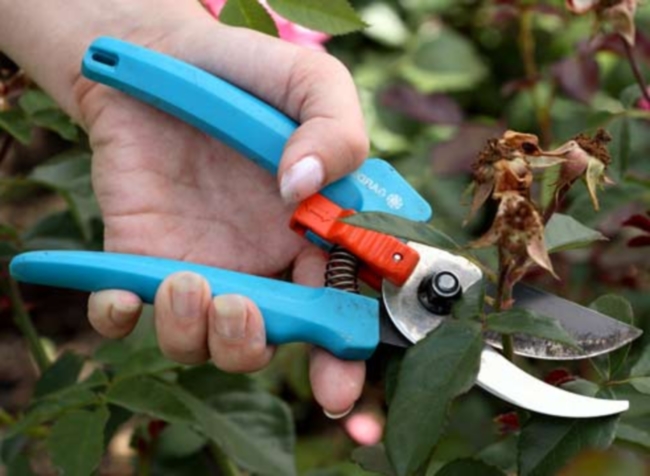
Before covering the bushes for the winter, all weak branches are removed, like grassy ones. In the spring, dry and damaged shoots are eliminated. For the proper development of the bush, only 3-4 main stems need to be left on it.
In the summer, wilted shoots damaged by parasites are subject to removal.
Pest control
Most often, da Vinci bushes attack rosacea aphids and spider mites. Aphids usually live at the base of the leaf or directly on the stem. The organs affected by the parasite begin to dry out and change their natural shape. The appearance of a small cobweb on the leaves indicates the settlement of a spider mite on the culture. Alatar, Aktellik, Spark, Commander will help to defeat insects. Before processing with these preparations, the bushes must be rinsed well with water under pressure.
Other pests can also attack a rose:
- Rose leafworm, due to the attack of which the leaves curl into tubes parallel to the central vein. Outwardly, the organs become like cigarettes. Damaged leaves are subject to elimination and destruction. When attacking a rose budworm, it is worth treating the plants with the insecticidal substance Nitrofe.
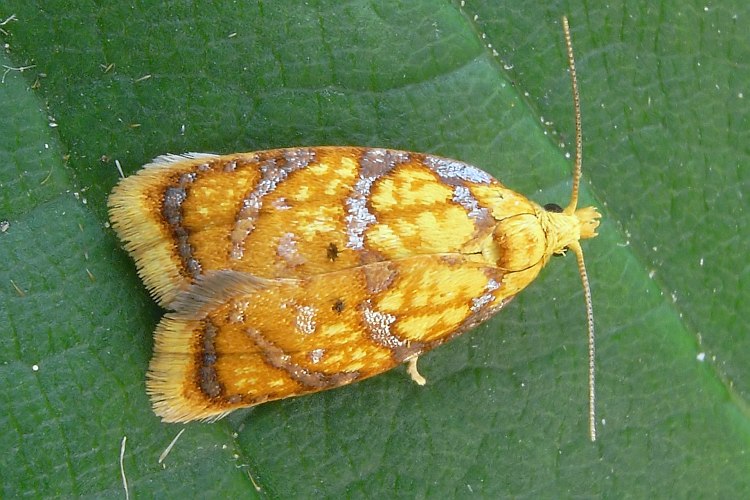
- Rosewood sawfly, destroying shoots, buds and leaves. Small holes appear on the leaves, the stems wither, because the inner content of the branches has already been eaten. If signs of the appearance of an insect are found, individuals should be washed with water under pressure and sprayed with Alatar or another insecticide.
- The scabbard affects plants with a moisture deficit. Scales appear on the green organs of the plant. It is impossible to destroy the pest with poisons, since it has a durable shell, it reliably protects against chemical influences. Therefore, the pest is eliminated mechanically, after which the plant is sprayed with Aktara.
- Thrips. These parasites settle inside the buds, preventing them from blooming. The appearance of thrips is evidenced by the dark framing of the petals. Insects quickly get used to poisons, so it is not easy to defeat them. Changes in chemicals, loosening of soil and burning of diseased leaves are essential to success.

- The slobber is a penny. Settling in the shoots, it forms white foam at the points of penetration. You can destroy insects by pressing on the areas where the foam is formed. After eliminating the pests in this way, the individuals are treated by the Commander, Aktara or Aktellik.
So, Leonardo da Vinci's artificially bred rose variety is very popular among gardeners. The culture is grown in almost all countries of the world. This is due to the resistance of flowers to adverse environmental conditions, the breadth of application of this variety of culture, as well as an unusual appearance and calm aroma.
Video "Pest and Disease Control"
From the video you will learn how to deal with diseases and pests of bushes.

